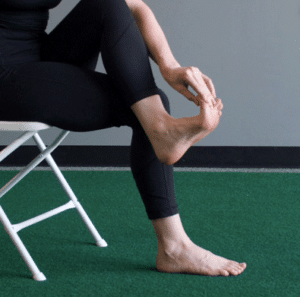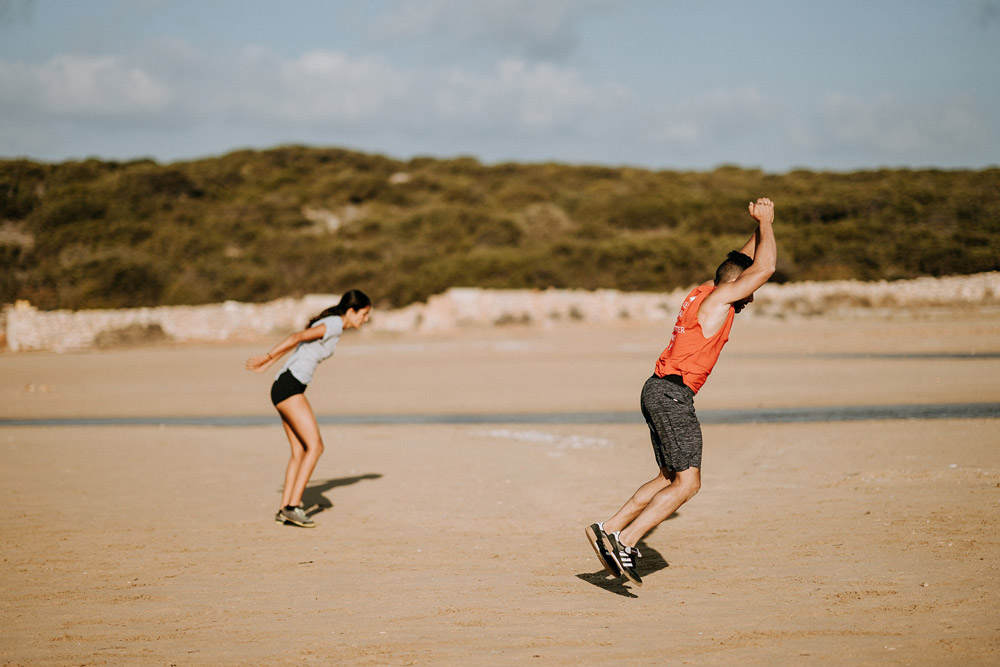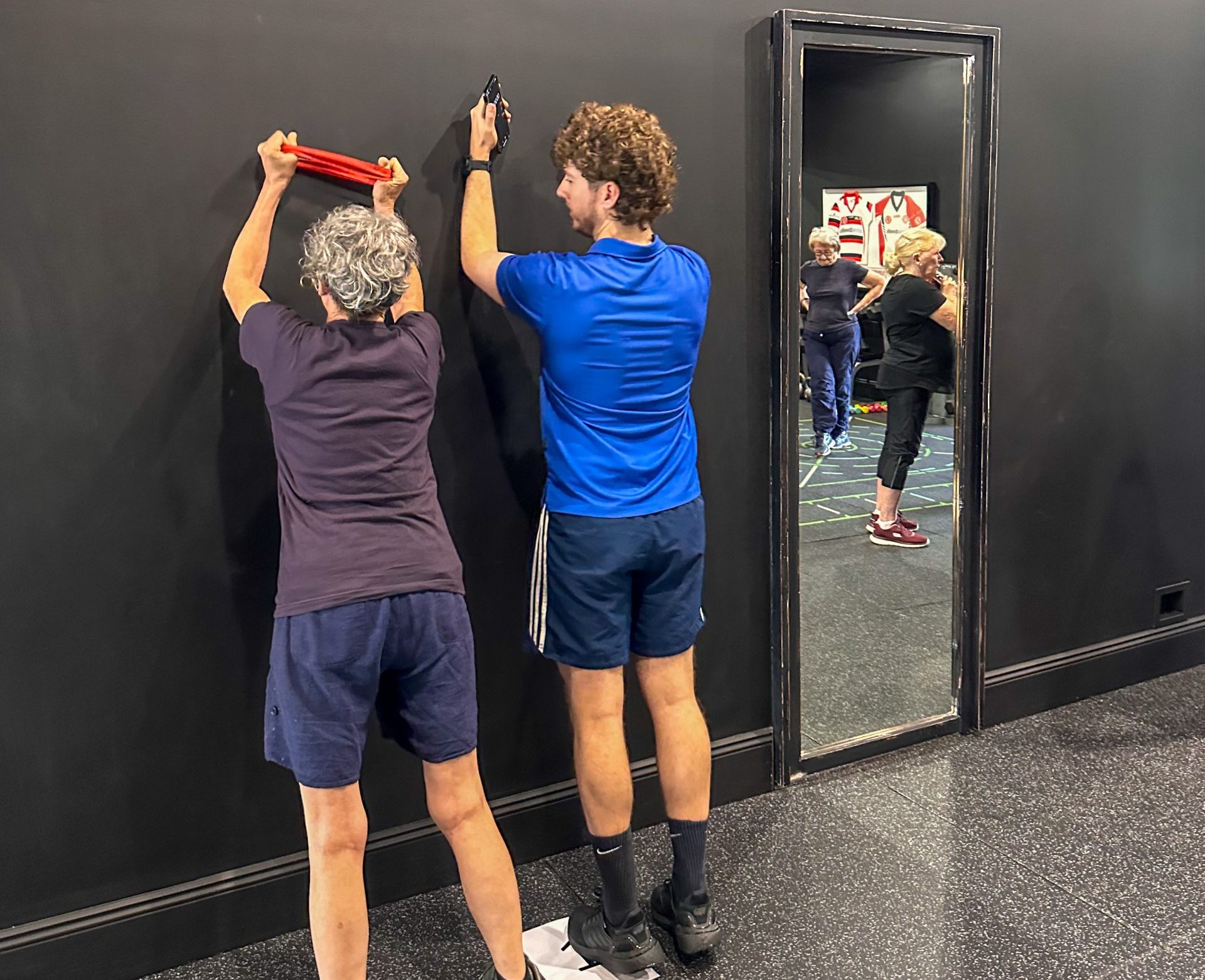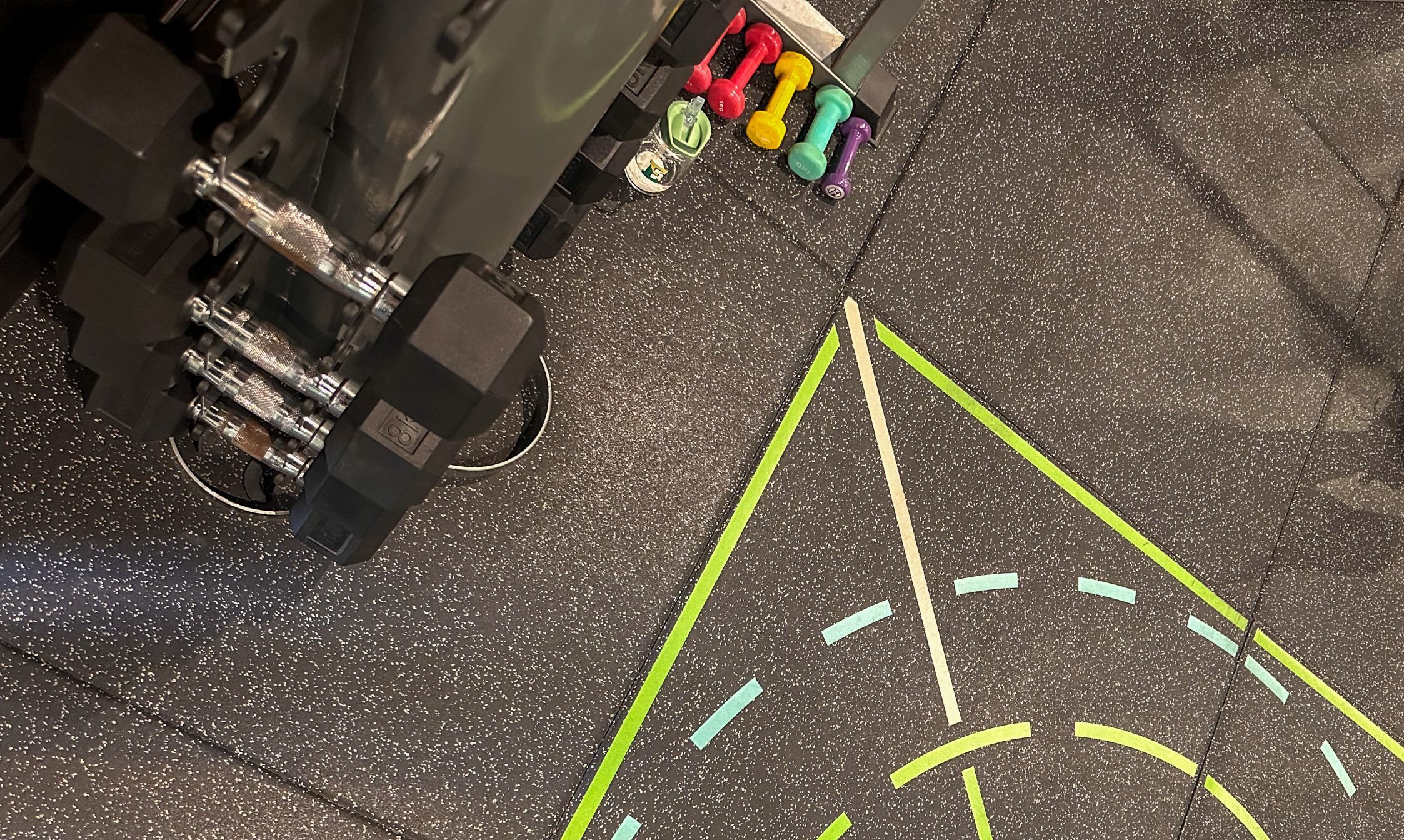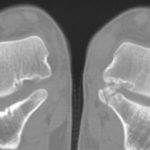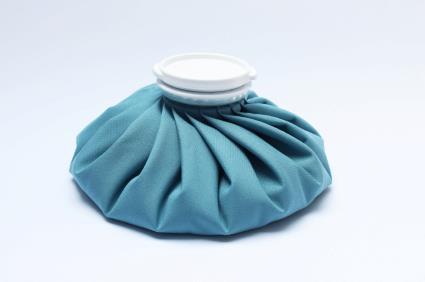
MANAGING ACUTE SOFT TISSUE INJURIES WITH RICER AND HARM
The first 24-48 hours after sustaining a soft tissue injury is crucial in ensuring the best outcome for healing. As a general rule, management for most acute soft tissue injuries is as simple as remembering two simple acronyms – RICER and HARM.
RICER & HARM FOR ACUTE SOFT TISSUE INJURY MANAGEMENT
Use RICER!
RICER stands for Rest, Ice, Compression, Elevation, and Refer. RICER highlights 5 simple methods to reduce pain and promote healing.
Rest – Initially, the objective for healing any soft tissue injury is to minimise swelling and bleeding. Reducing movement, and in some cases immobilising the injured area, is one of the simplest methods to reduce further injury and promote healing 6.
Ice – Cooling the injured area serves to slow down tissue metabolism 1,2,4. It may cause contraction of blood vessels which will slow down blood flow and assist with reducing swelling 1,2,4. Ice can also provide a temporary numbing effect to assist with short term pain relief as well 1,2,4. Ensure that intense cooling is not applied directly to the skin to minimise the potential for skin burns. Applying ice following common injuries such as rotator cuff tear, hamstring strain, or a sprained ankle is usually a good start.
Compression – Compressing an injured area can have a direct effect on swelling. Applying a bandage to the area can help to limit the amount of bleeding that occurs in an isolated area 3. Caution needs to be taken to ensure that any compressive bandage is firm, however does not reduce the normal circulation to the area.
Elevation – Elevating the injured area will also serve to reduce the collection of fluid to the area by limiting the effect of gravity 6. For foot or leg injuries, lying with the injured area elevated above the level of the pelvis with the use of pillows is an easy start.
Refer – While RICER helps promote healing in the early stages of injury to get the right diagnosis you need to see an appropriate health professional; say a physiotherapist! Here at Pivotal Motion Physiotherapy we can give you an accurate diagnoses of your acute soft tissue injuries and also help plan a return to the sporting field.
Avoid HARM!
HARM stands for Heat, Alcohol, Running/ exercise, and Massage. HARM represents 4 factors that you should avoid in the early stages of injury in order to maximise healing and recovery. While RICER focuses on minimising bleeding and swelling, HARM covers factors to avoid – all of which will increase circulation to the damaged area.
Heat – Heat will cause blood vessels to dilate which in turn will increase the flow of blood to the area. Avoid hot baths, showers, saunas, heat packs, and heat rubs.
Alcohol – Similar to heat, alcohol has an effect of dilating blood vessels, which in turn will increase the flow of blood to the area. Alcohol can also mask pain and the severity of the injury, which may put you at greater risk for re-injury 7. Avoid drinking alcohol in the initial stages of healing any injury.
Running/exercise – An increase in heart rate increases the flow of blood around the body. This will cause blood to accumulate in the area faster. Take the opportunity to rest and consult our Brisbane exercise physiologist team before returning to exercise.
Massage – Massaging the area, once again, will stimulate the flow of blood to the area. Avoid massage in the initial stages of injury.
Want to Learn More?
Interested to learn more about managing acute soft tissue injuries with RICER and HARM? Pivotal Motion can help! Call our sports physiotherapy Brisbane team today on 07 3352 5116 or book an appointment online for physio with an integrated approach.
Updated 17/03/2021
References:
1. Bleakley C, McDonough S, MacAuley D. The use of ice in the treatment of acute soft-tissue injury. The American Journal of Sports Medicine. 2004; 32(1): 251-261.
2. Bleakley CM, McDonough SM, MacAuley DC. Cryotherapy for acute ankle sprains: a randomised controlled study of two different icing protocols. British Journal of Sports Medicine. 2006; 40: 700-705.
3. Bleakley CM. Acute soft tissue injury management: past, present, and future. Physical Therapy in Sport. 2013; 14: 73-74.
4. Bleakley C, McDonough S, MacAuley D. The use of ice in the treatment of acute soft-tissue injury. Sports Medicine. 2014; 32(1): 251-61.
5. Brukner B, Khan K. Clinical Sports Medicine: Third Edition, McGraw Hill, Australia Pty, Ltd. 2007.
6. Jarvinen TAH, Jarvinen TLN, Kaariainen M. Muscle injuries: optimising recovery. Best Practice & Research: Clinical Obstetrics & Gynacology. 2007; 21(2): 317-31.
7. Suter PM, Schutz Y. The effect of exercise, alcohol or both combined on health and physical performance. International Journal of Obesity. 2008; 32(6): 48-52.

